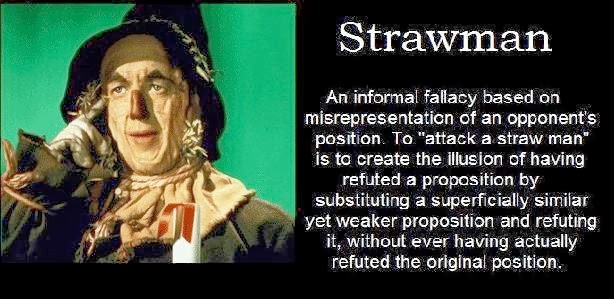DrPappy
Pre-takeoff checklist
On occasion when a plane is landing and still maybe 5 miles out they are instructed to enter on base, but I will then hear the controllers say "Fly direct to the numbers." I assume that is for spacing, fine. The question is if you do follow the instruction verbatim, then you are going to land long since you've cut short your final leg (assuming no aerobatics here !). Is that what is expected, or what are you supposed to do? I've looked in the FAR/AIM and Googled it, but can't find anything.
Thanks
Thanks



